The stillness of summer in the subcontinent, and the longing it evokes has inspired many a song in the Indian classical tradition of music - songs that sing of its scorching intensity and its simple pleasures
Amrit Mohan
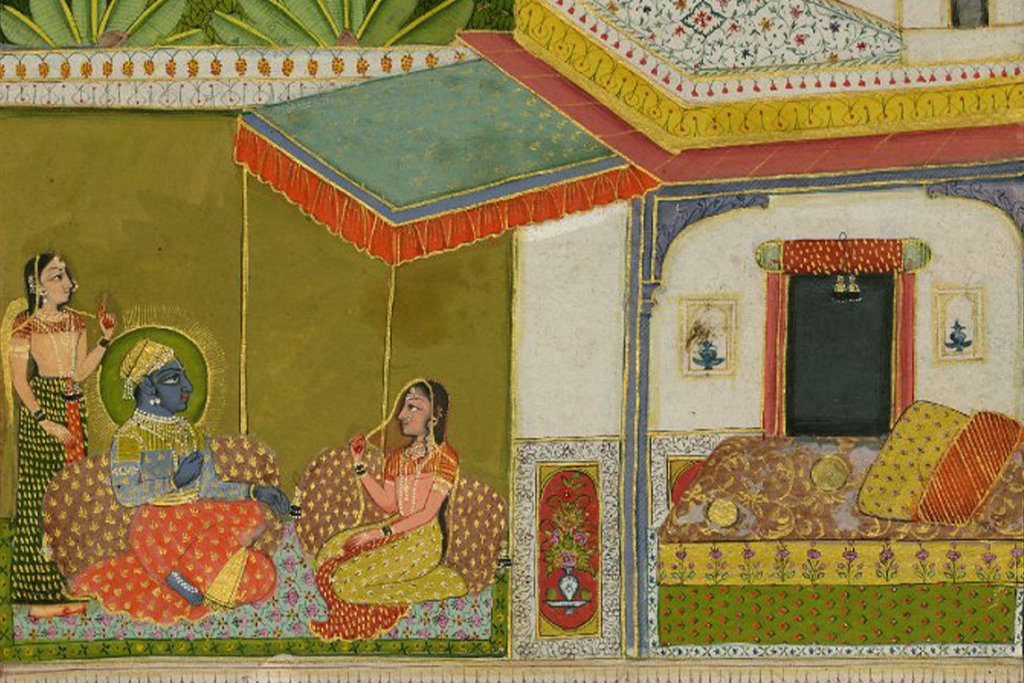
Grishma rtu is the season of heat and bright, dazzling sunlight. After the last cool breeze of Basant rtu has stilled, Grishma, or summer, which is a season of watchful waiting, arrives. All living beings need to save their energy in this season, lest the heat of the sun rob them of it all at once.
But in these hot and dry months - the toughest part of the year in many regions of the country - there is also a beauty unlike any other. And there is music that evokes all of its scorching intensity and its simple pleasures.
The Indian classical tradition of music shares a deep, intimate relationship with time - the days and the seasons. There are compositions that correspond to specific times of day, and for seasons as a whole. And given how long and unbroken the tradition of classical music is in the subcontinent, there exists a rich repertoire of songs for summer, or Grishma rtu.
Ragas for Summer
Raga Marwa: Tradition says this raga is to be sung in the late afternoon hours leading to sunset. A quiet and contemplative raga, it is often depicted visually as lovers walking towards a bed-chamber in the Ragamala series. The Ragamala (Garland of Ragas) is a suite of miniature paintings in which art, poetry and classical music are depicted. The 16th century musicologist Pundarika Vitthala describes it as: “The king at war always worship Maravi, whose face shines like the moon and who has long tresses of hair. With moist eyes, faintly smiling, she is adorned skillfully with sweet smelling flowers of different varieties. Her complexion gleams like gold; she is attired in red and her eyes are like those of a fawn…” A particularly stirring performance of Raga Marwa was delivered by Pt. Rupak Kulkarni, one of the finest contemporary bansuri players, and disciple of Pt. Hariprasad Chaurasia, in 2018 at London’s Barbican Centre.
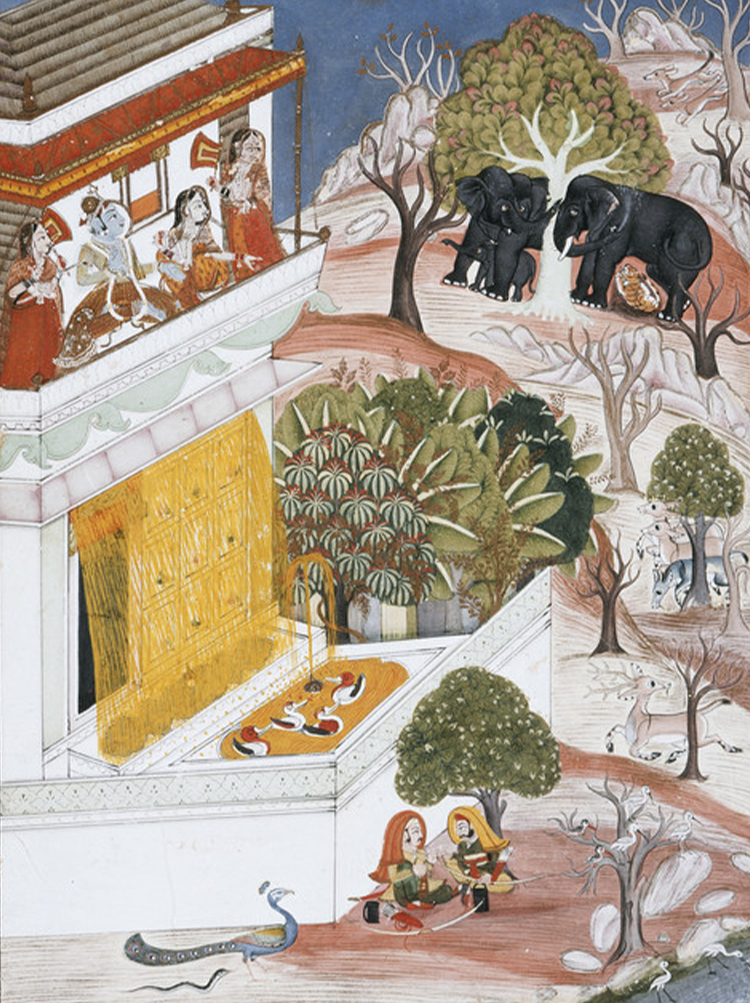
'The Month of Jyaishtha', Folio from a Barahmasa India, Rajasthan, Uniara, circa 1775, LACMA
Vrindavani Sarang
is a raga
associated with
the scorching
heat of the
Indian summer…
[it] is believed
to bring “thandak”
(a feeling of
cool respite) to the
base of one’s
spine, when
sung accurately
Raga Sarang: Also known as Vrindavani Sarang, this is a raga associated with the scorching heat of the Indian summer. According to tradition, it is to be sung when the heat of the day is at its peak. Vrindavani Sarang is believed to bring “thandak” (a feeling of cool respite) to the base of one’s spine, when sung accurately. The composition of this raga is popularly credited to Swami Haridas, a 16th century spiritual poet and classical musician who is also the founder of the Haridasi school of mysticism. Legend says that by performing this raga, Swami Haridas made Krishna himself reappear on Earth, who then took the form of an idol that can still be found in Mathura. Here is one of the most exquisite renditions of the raga performed by Pt. Bhimsen Joshi, widely regarded as one of the greatest Indian classical vocalists.
Raga Deepak: The word “deepak” means lamp. This raga is traditionally sung in the evening - when it is time to light the lamps. According to many a legend, the power of this raga is so great, it can invoke agni. One particular retelling of the power of Raga Deepak involves the musical maestro Tansen, in the court of Emperor Akbar. As the story goes, jealous courtiers plotted Tansen’s demise by compelling him to sing Raga Deepak. Sure enough, upon Tansen’s flawless performance of the raga, all the lamps in the court spontaneously lit up. In fact, his own body was heating up dangerously, because such is the power of Raga Deepak when sung correctly. He was saved from certain death only because his daughter and her friend began to sing Raga Megh Malhar - a raga that pulls together the power of two monsoon ragas and invites the rain that cools everything. Famed maestro Ustad Ghulam Mustafa Khan’s 2002 rendition of Raga Deepak beautifully gives voice to the intensity of this raga.
Dhrupad style “Haveli Sangeet”: Dhrupad is an ancient form of devotional music that is mentioned as afar back as one of the four vedas - Sama Veda. Originating as the chanting of Vedic hymns and mantras, over the centuries Dhrupad has evolved into a sophisticated classical music form. During the middle ages, another devotional tradition - that of Haveli Sangeet - began to develop in northern parts of the country, particularly Rajasthan. The term Haveli Sangeet refers to temple music performed by the Vaishnavites (Vishnu disciples), with the haveli being the house of the deity. The compositions of Haveli Sangeet borrow greatly from the Dhrupad style, creating Haveli Sangeet's signature fusion of classical and folk music. Much like the older classical tradition of devotional music - Dhrupad, Haveli Sangeet has specific compositions not only for the summer season, but also the specific times of day. One beautiful verse from a composition credited to Haveli Sangeet sings of Krishna and Radha on the occasion of Chandan Yatra: “chandan pehray naav Hari baithay, sang Vrishbhanu dulaari ho” (adorned with a cooling paste of sandalwood—against the scorching summer heat—Hari or Krishna, and the beloved daughter of Vrishabhanu - Radha, set sail in a boat).
Grishma rtu offers us pleasure and pain in equal measure, more so than any other season. But this scorching season has also inspired countless melodies, which sing of its simple pleasures.

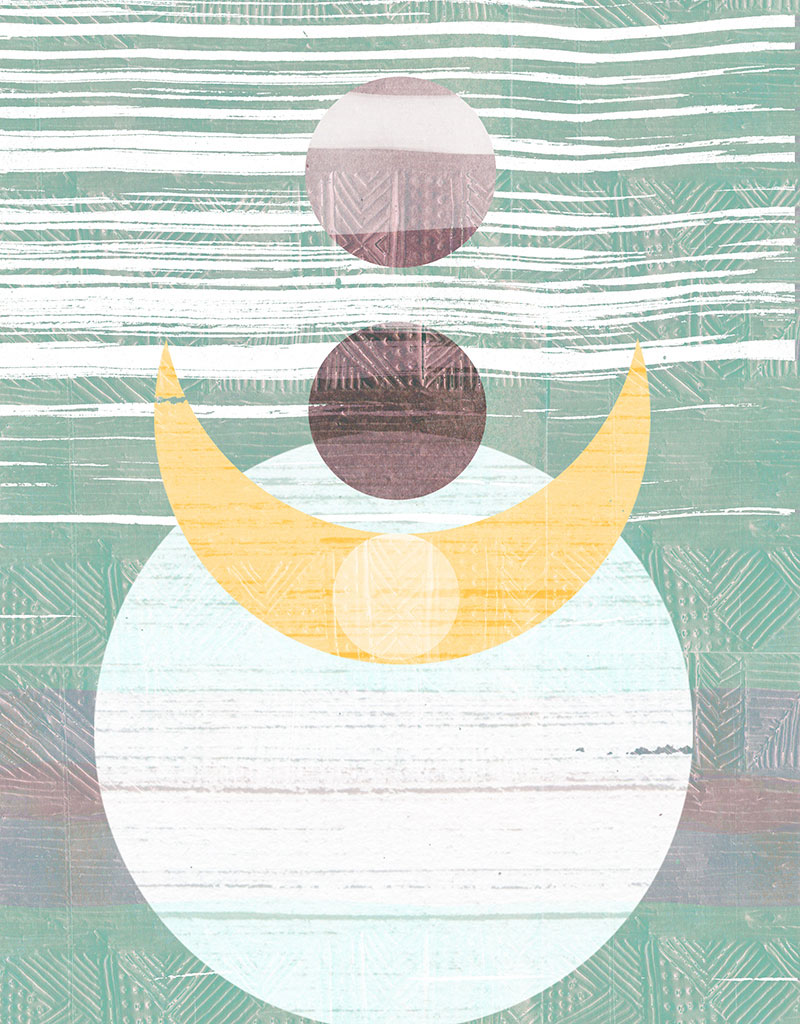
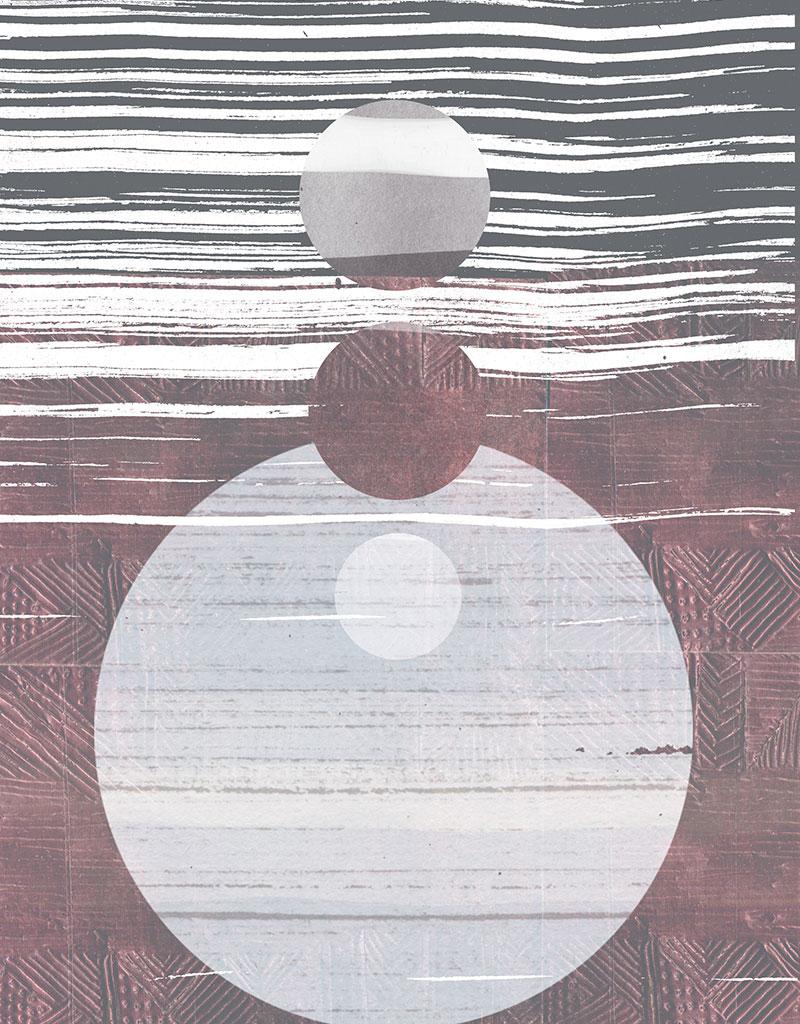
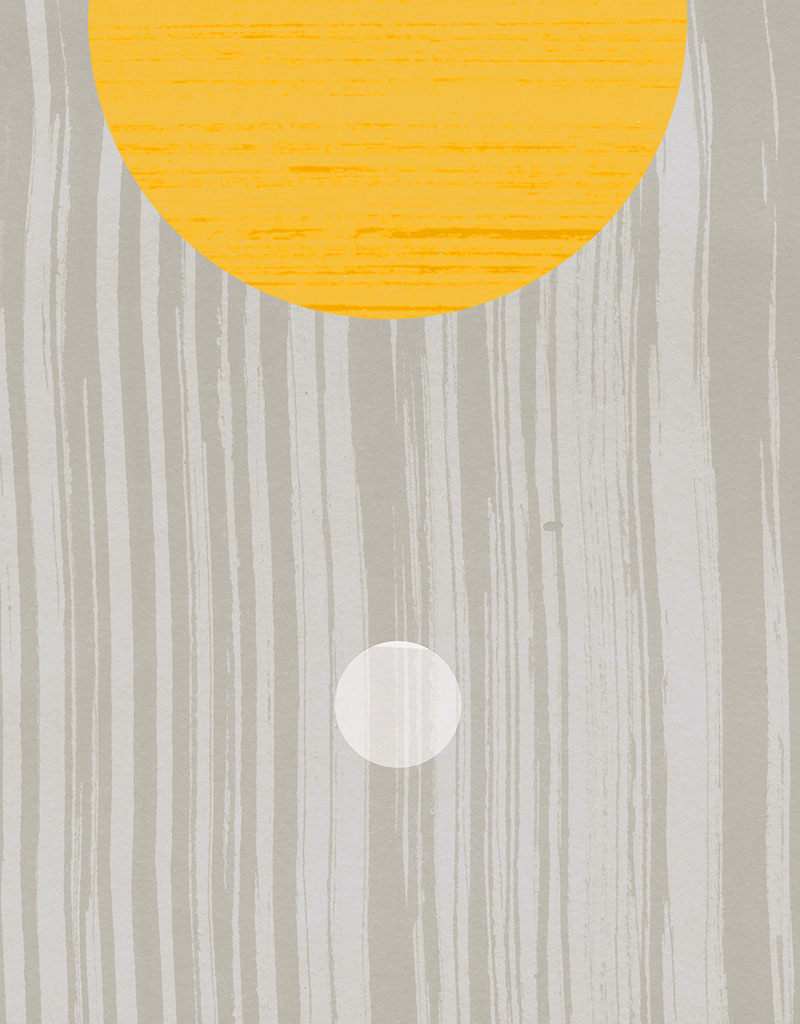
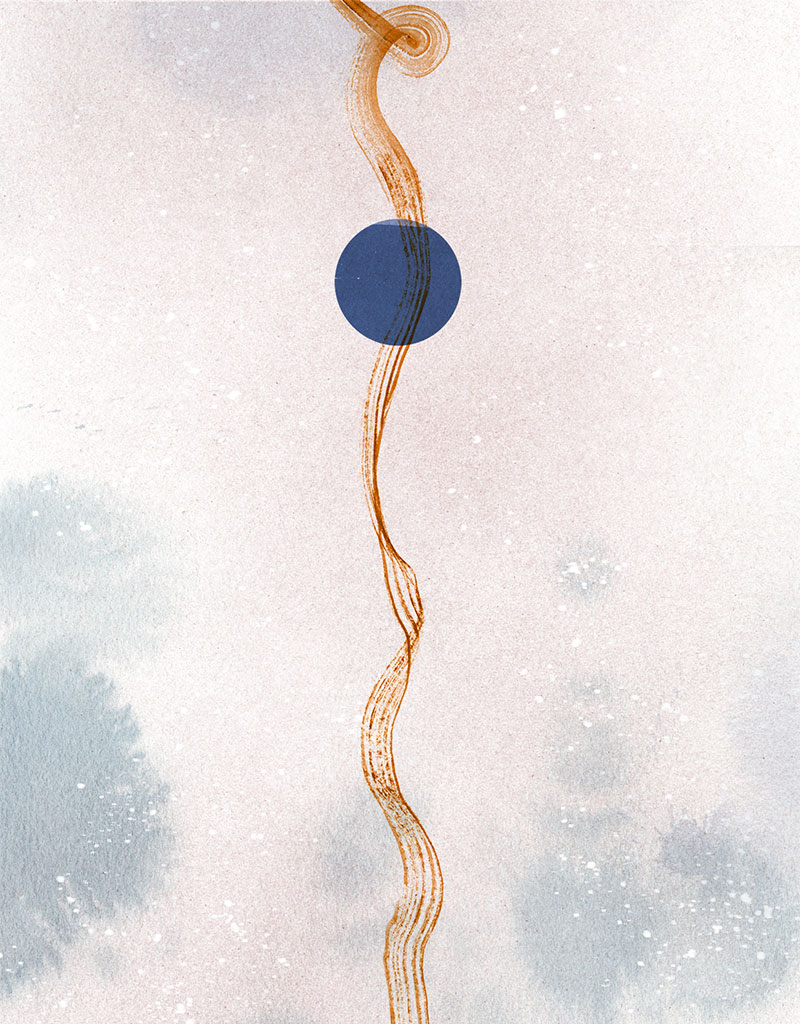

Hello